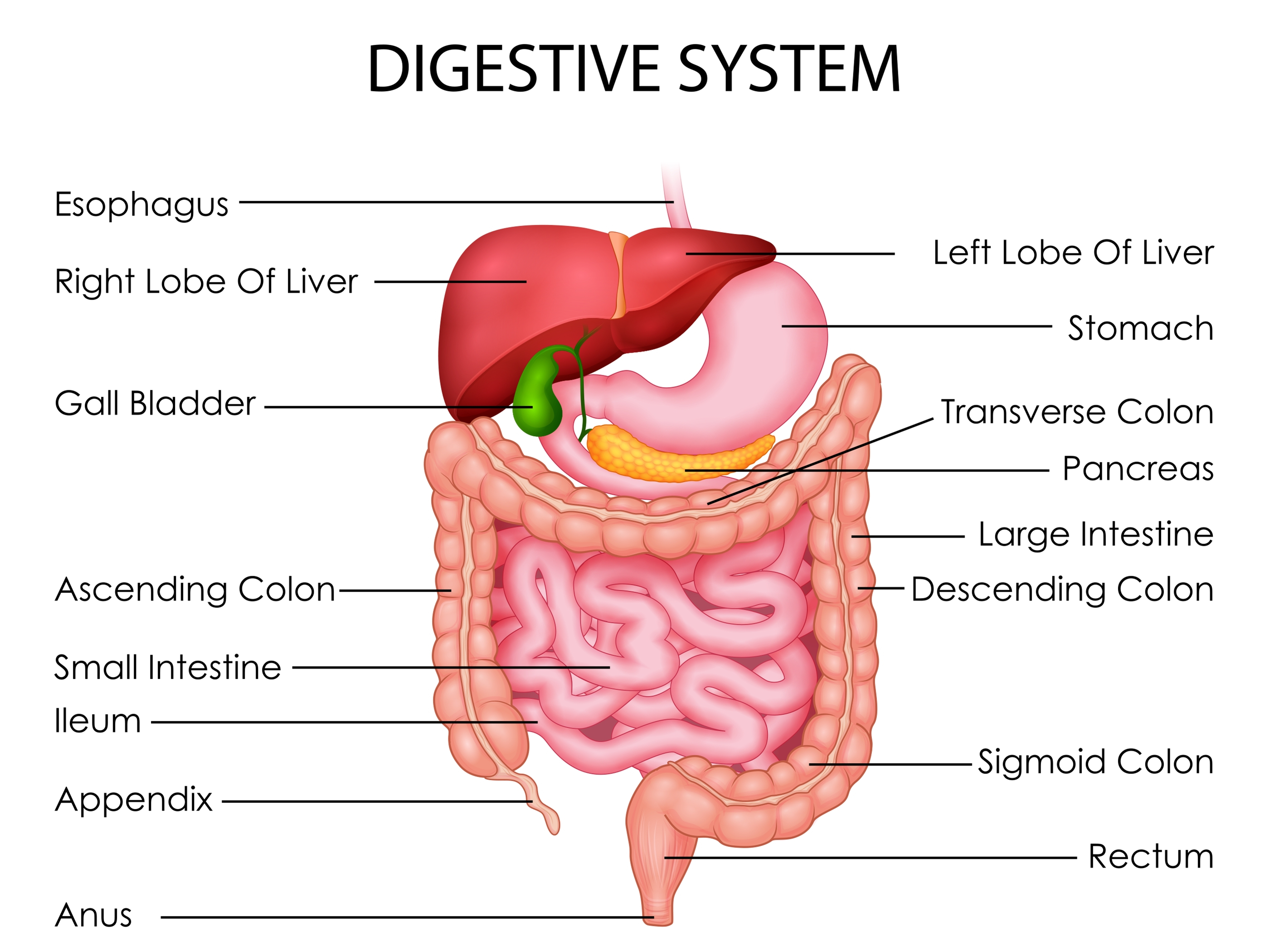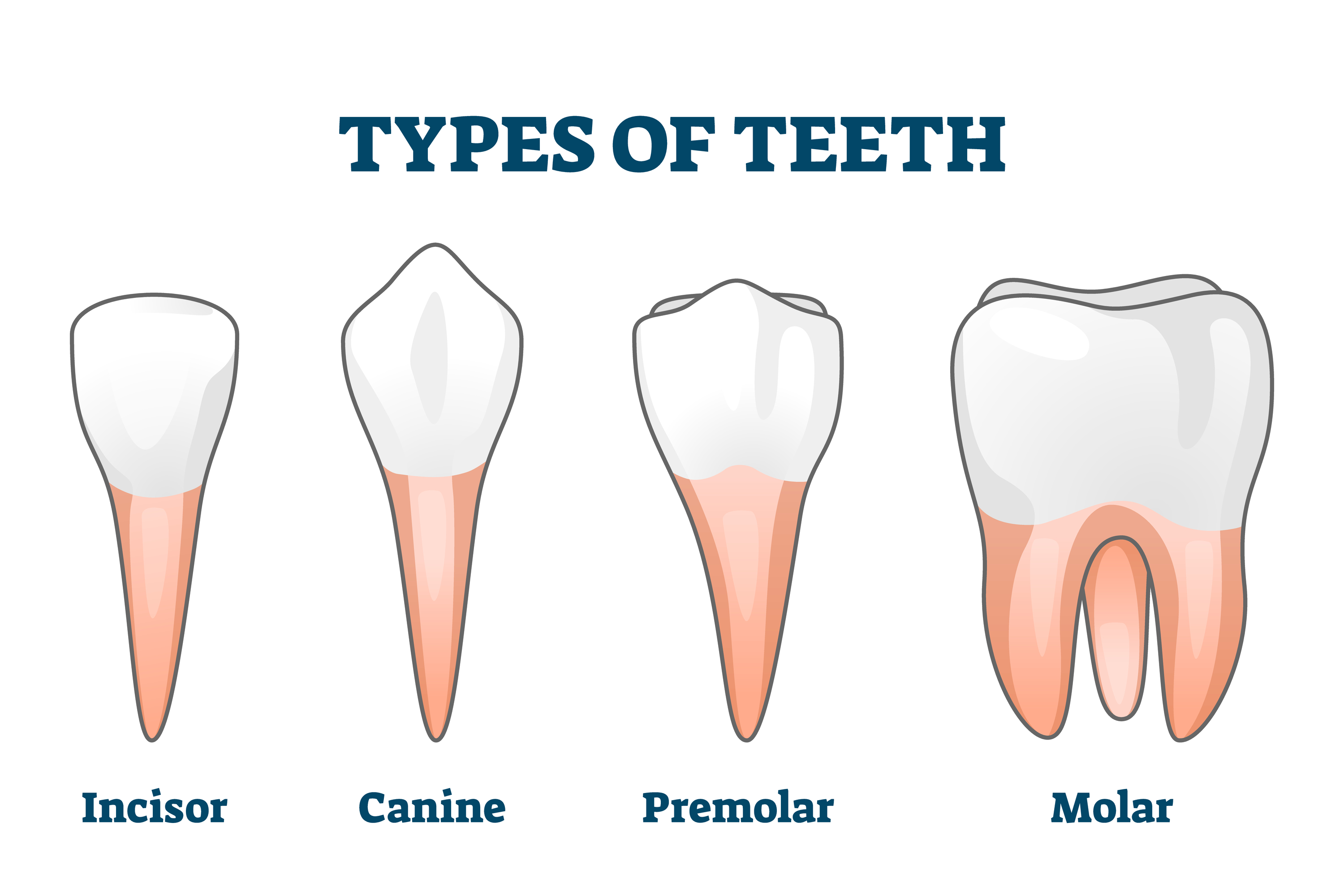Nutrition in Animals Class 7 Notes NCERT and MCQs
 24-08-2023
24-08-2023
 19:22 PM IST
19:22 PM IST
 Yadvendra Singh
Yadvendra Singh
The chapter provides a detailed overview of human digestive system and digestive process in humans. It gives a brief overview of digestion in grass-eating animals and a single celled organism, Amoeba.
Animal nutrition includes nutrient requirement, mode of intake of food and its utilisation in the body.
Digestion: The process through which complex food components are broken down into simpler substances is called digestion.
Digestion in humans: During digestion, the food passes through alimentary canal. When the food passes through alimentary canal, digestive juices are secreted by various digestive glands such as salivary glands, liver and pancreas. Additionally, digestive juices are secreted from the inner walls of the stomach and small intestine. The alimentary canal has six compartments. They are buccal cavity, foodpipe or oesophagus, stomach, small intestine, large intestine ending in the rectum and the anus.

Fig: Human digestive system
The mouth and buccal cavity: Humans take food into body through the mouth. Ingestion is the process through which food is taken into the mouth. We have different type of teeth in the mouth. They are arranged in a particular order and specialized into different functions. The teeth that fall off at the age of 6 to 8 years are called milk teeth. Incisors perform the function of cutting and biting of the food. Canines perform the function of piercing and tearing teeth. Premolars and molars perform the function of chewing and grinding the teeth. Bacteria found in our mouth can cause tooth decay by converting sugars of food left in mouth into acids.

Diagram showing arrangement of teeth and different type of teeth
Salivary glands are also found in mouth. Their function is secretion of saliva, which converts starch into sugars. Our tongue can move in all directions. It performs the function of tasting and mixing of saliva with food. Tongue also assists in swallowing of the food.
The foodpipe/oesophagus: When the food is swallowed, it goes into foodpipe/oesophagus. From the oesophagus, food moves into the stomach. When we eat food in hurry or eat food while talking or laughing, we may get cough, hiccups or sensation of choking in our throat. The reason for cough, hiccups or sensation of choking is entry of food into windpipe, which is found parallel to the foodpipe. Usually, flap-like valves prevent the entry of food into windpipe. They ensure that the food enters into foodpipe only.
The stomach: Out of the six different parts of the alimentary canal, the stomach is widest. It is flattened J-shaped. Its inner lining secretes mucous, hydrochloric acid and digestive juices. The functions of mucous, hydrochloric acid and digestive juices are provided in the following table.
| Secretion of inner lining of stomach | Function |
| Mucous | Protection of the inner lining of the stomach |
| Hydrochloric acid | Killing of bacteria entering with the food and maintaining acidic medium inside stomach. Acidic medium is required for digestive juices to act |
| Digestive juices | Breaking of proteins into simpler substances |
The small intestine: It is a hugely coiled structure. The wall of small intestine secretes digestive juices. The secretions of digestive glands such as liver and pancreas go into small intestine. Please go through the following table for details about liver and pancreas.
| Digestive gland | The liver | The pancreas |
| Color | Reddish brown | Cream colored |
| Location | On the right side in upper part of the abdomen | Just below the stomach |
| Function | Secretes bile juice, which is important for digestion of fats and stored in gall bladder. | Secretes pancreatic juice required for conversion of carbohydrates, fats and proteins into simple components. |
Absorption of digested food into blood vessels takes place in the walls of small intestine. Finger-like outgrowths, called villi are found on inner walls of small intestine. Their function is to increase surface area for absorption.
The large intestine: It is shorter in length than small intestine. But, it is wider than small intestine. It absorbs water and salts from undigested food. Egestion is the removal of fecal matter through anus.
Digestion in grass-eating animals: Grass-eating animals such as cows, buffaloes are called ruminants. Their stomach has a specialized part called rumen. When grass-eating animals eat grass, they swallow grass and store it in rumen. The food is partially digested in rumen. This partially digested, called cud comes back to mouth later and the animal chews it. The rumen helps in cellulose digestion. Cellulose is found in grass. Due to absence of rumen, humans are not able to digest cellulose.
Digestion in Amoeba: Amoeba is a single-celled organism. It captures food with the help of finger-like projections, known as pseudopodia. The food is trapped inside food vacuoles, where digestive juices help in digestion.
MCQs related to NCERT Class 7 Science Chapter 2 Nutrition in Animals
1. Which of the following helps grass-eating animals in digestion of cellulose?
a. Oesophagus
b. Small intestine
c. Rumen
d. Large intestine
Ans. c
Explanation:
Grass-eating animals such as cows, buffaloes are called ruminants. Their stomach has a specialized part called rumen. When grass-eating animals eat grass, they swallow grass and store it in rumen. The food is partially digested in rumen. This partially digested, called cud comes back to mouth later and the animal chews it. The rumen helps in cellulose digestion. Cellulose is found in grass. Due to absence of rumen, humans are not able to digest cellulose.
2. Which of the following secretes hydrochloric acid?
a. Inner lining of stomach
b. Oesophagus
c. Small intestine
d. Large intestine
Ans. a
Explanation:
Stomach is flattened J-shaped. Its inner lining secretes mucous, hydrochloric acid and digestive juices.
Q3. Which of the following glands secrete bile juice?
a. Tongue
b. Liver
c. Gall Bladder
d. Stomach
Ans. b
Explanation:
The liver secretes the bile juice which is stored in a sac called gall bladder.
Frequently Asked Questions (FAQs) about Nutrition in Animals
What is nutrition in animals?
What is Ingestion?
Where does the bile juice secreted by the liver stored?
What are villi?
Share Blog
 Latest
Latest 
Comments